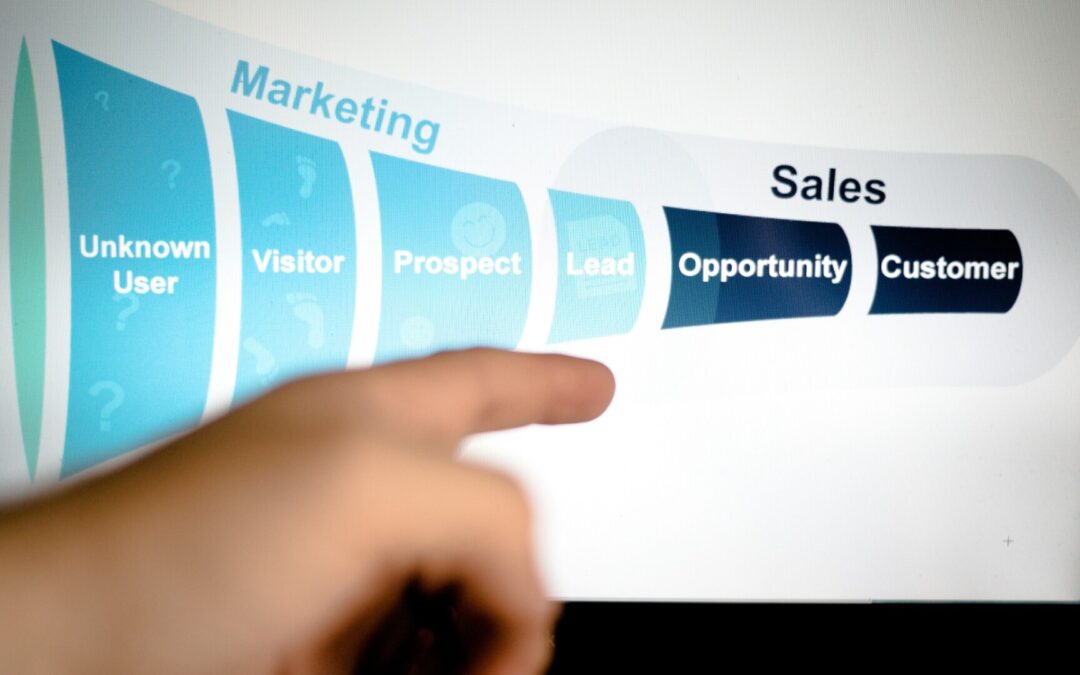
Common Mistakes in the Marketing-to-Sales Lead Process and How to Avoid Them
The marketing-to-sales lead process should be simple.
Marketing generates quality leads, sales happily accept them, deals close, the MQL to SQL (Sales Qualified Leads) conversion rate is almost 100%, and everything is terrific, right? WRONG!
If marketing holds onto every lead until they are sure it’s a lock-down SQL, bad things happen, like:
- Losing your selling window. Remember, buyers are in control. They buy on their timeframe, not yours. Wait too long, and the buyer will be locked into another vendor or on to another project.
- Losing out on promising leads. Qualifying leads isn’t an exact science. Marketing can err on the conservative side – knowing that some good leads might not get to sales (what we in the marketing demand gen world call a “False Negative”), or marketing can be more aggressive knowing sales will get some “False Positives”.
For those not familiar with the term, a False Positive would be a lead that appears to be sales-ready by displaying buying behavior, such as watching demos, looking at pricing, or downloading RFP templates, but in fact, they are still just researching.
Most companies will accept “False Positives” to rapidly get sales leads, provided it doesn’t get out of hand. I recently talked to one CEO who saw a 90% MQL rejection rate, meaning that only 1 out of 10 leads was sales-ready. Now, that’s out-of-hand, although it’s not uncommon.
So, what’s the right MQL to SQL conversion rate? Today’s best practices hover around 60%. Get close to this, and you should likely be feeling pretty good. But to get the full story, you need to be looking at a bunch of other metrics (metrics that a sound closed-loop marketing automation/CRM system should be able to cough up quickly), such as:
- % of MQLs resolved – meaning the rep could reach the prospect and conduct a discovery call. Somehow, the best reps always seem to have the highest percentage, but there can be other reasons for varying rates. For example, my tele-qualifiers passed MQLs over at one point without setting appointments, as the reps wanted to own their calendars. With this process, we only got a 30% resolved rate and a 15% MQL conversion rate. Once the tele-qualifiers started to schedule meetings, the resolution and MQL conversion rates tripled.
- % of MQLs disqualified with lousy info (bad contact info, the wrong role, not being employed at a company, the company not in the right region, size, etc.). This number should be low, but it is important to watch to ensure the demand generation process is aligned correctly. For example, perhaps a marketing list was created with companies that are too small or a tele-qualifier misunderstanding the qualification criteria.
- % of MQLs returned to marketing for nurturing (right company type and role but doesn’t fully meet MQL definition). In other words, these are your “False Positives” and at some point, down the road, through nurturing efforts, they hopefully will be ready to buy.
These metrics can differ by marketing campaign, region, and sales rep, so understanding them helps both marketing and sales adjust behavior and improve conversion rates. What trends are you seeing in your company?
About the Author
Jeff Whitney is a B2B software marketing executive with extensive experience – from early-stage start-ups to achieving marketing equity. Jeff has a passion for building a world-class marketing function, starting with the organization, demand generation programs, sales enablement tools, and aligning sales and marketing.
